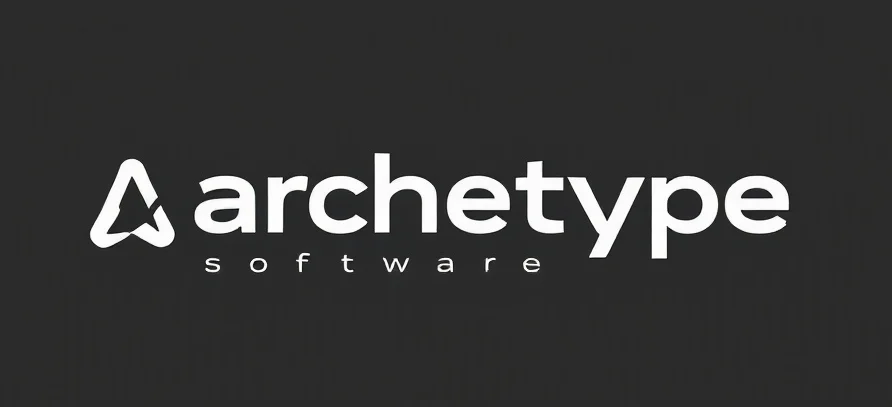Unlocking Sleep Peace: The Story Behind Nasal Strips and Sleep Apnea
Imagine this: it’s late at night, you’re tossing and turning, your partner nudges you for the third time because of your snoring, and you wake up feeling more exhausted than when you went to bed. Sleep apnea, a condition that causes breathing interruptions during sleep, often feels like an invisible enemy lurking in the shadows of our nightly rest. But what if the solution could be as simple as sticking a little strip on your nose? That’s where nasal strips for sleep apnea relief come into play—an accessible, non-invasive option gaining attention among those seeking better sleep.
Let’s take a journey into how these small strips work, their history, and why they might be a game-changer for many battling sleep apnea.
The Science of Snoring and Sleep Apnea
Sleep apnea is more than just loud snoring; it’s a serious health condition where your airway collapses or becomes obstructed during sleep, causing breathing pauses. These interruptions can last for a few seconds to over a minute, leading to fragmented sleep and a host of health issues like hypertension, fatigue, and even increased risk of heart disease.
Traditionally, treatments like CPAP machines, dental devices, or surgeries have been the go-to solutions. But for many, these options can be uncomfortable, expensive, or intimidating. That’s where nasal strips come into the picture—offering a simple, drug-free alternative that can make a tangible difference for some individuals.
How Do Nasal Strips Work?
The Mechanism Behind the Magic
Nasal strips are adhesive strips that you place across the bridge of your nose. They work by physically pulling open the nasal passages, increasing airflow, and reducing nasal resistance. Think of them as tiny bridges that keep your nasal airways open, preventing the collapse that often contributes to snoring and sleep apnea episodes.
It’s a bit like giving your nose a gentle lift, encouraging better breathing without the need for medications or invasive procedures. This mechanical support can be especially helpful for those whose sleep apnea is primarily caused by nasal congestion or narrow nasal passages.
The Benefits of Using Nasal Strips
- Non-invasive and easy to use: Just peel, stick, and breathe easier.
- Affordable: Compared to medical devices or surgery, nasal strips are budget-friendly.
- Immediate relief: Many users report noticeable improvements in airflow right away.
- Improved sleep quality: Better airflow means fewer interruptions and more restful sleep.
Real Stories, Real Results
Consider Sarah, a 45-year-old who struggled with nightly snoring and daytime fatigue. After trying nasal strips, she noticed her breathing improved almost instantly. Over time, her sleep quality increased, and her partner finally found relief from the nightly symphony of snores. For Sarah, the simple act of applying a nasal strip became a cornerstone of her sleep improvement journey.
While nasal strips aren’t a cure-all for everyone with sleep apnea, they can be a valuable part of a broader treatment plan, especially for mild cases or those with nasal congestion issues. It’s always wise to consult with a healthcare professional to determine the best approach for your specific needs.
Are Nasal Strips Right for You?
Factors to Consider
If you’re curious about whether nasal strips could help you, consider the root cause of your sleep issues. Are you experiencing nasal congestion? Do you snore loudly but have no other health concerns? In such cases, nasal strips might be a simple yet effective solution.
However, if your sleep apnea is severe or accompanied by other symptoms like gasping, choking, or excessive daytime sleepiness, it’s essential to seek medical advice. Nasal strips may serve as a supplementary aid but shouldn’t replace comprehensive treatment for serious conditions.
The Bottom Line
Sometimes, tackling complex problems calls for simple solutions. Nasal strips for sleep apnea relief exemplify that philosophy—small devices with the potential to make a big impact. They offer a non-invasive, accessible way for many to breathe easier at night, improve sleep quality, and wake up feeling more refreshed. Remember, though, always check in with a healthcare provider to chart the safest and most effective course for your sleep health.
In the end, the goal is peaceful nights and energized days—something as straightforward as a nasal strip might just help you get there.
Checkout ProductScope AI’s Studio (and get 200 free studio credits)
